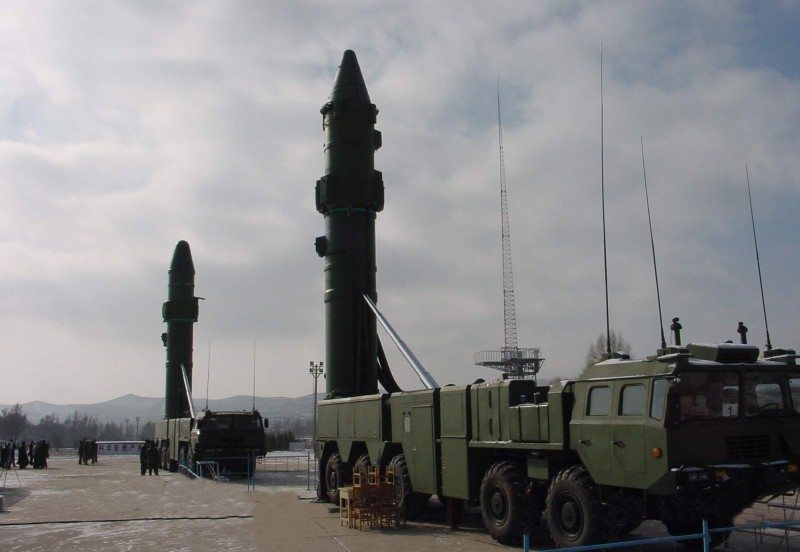China intends to significantly increase its missile potential. According to the influential Jane’s Defence Weekly, China has successfully test-fired the Dongfeng-41 (DF-41) intercontinental ballistic missile (ICBM) capable of reaching any spot on US territory. Beijing denied the information, but admitted that it is developing a new-generation ICB capable of destroying targets all across the world.
Beijing seems to start placing its stake on an alternative cooperation with the United States, China’s main economic partner. It’s clear the two countries’ trade and economic ties will dominate for years to come. At the same time, instability in various parts of the world and the US’ ever-increasing ambitions prompt China to consider taking a spate of the military containment-related steps.
On Thursday, Washington signaled its readiness to deploy elements of the US missile shield in Asia and the Far East, something that is almost certain to prod China to further expand its regional clout by notably beefing up its military might. Alexander Larin is expert of the Moscow-based Far East Institute.
“It is only natural that China continues to strengthen its army’s defense capabilities,” Larin says.
“We, however, should take into consideration the unfolding competition between China and the US over a spate of areas in Eastern Asia, a zone of China’s vital interests. Beijing is trying to oust the US from these areas and undermine its influence there, something that spreads to a military sphere and makes China start an arms race.”
According to the Jane’s Defense Weekly, the DF-41 was test-launched from the Wuzhai Missile Test Center in the central Chinese province of Shanxi a month ago.
Washington Free Baconalso reported the launch, referring to the US intelligence sources which said, in particular, that the DF-41 has a range of up to 15,000 kilometers and is equipped with 10 nuclear warheads. The Pentagon has already dubbed the DF-41 a “first-strike weapon”, designed to cover the entire US territory.
Russian defense experts have, meanwhile, expressed surprise about the turmoil surrounding the DF-41 given that many countries knew about this ICBM missile before. They were echoed by Moscow-based military expert Viktor Baranets.
“China began to develop the Dongfeng, or Eastern Wind, ICBMs back in the 1980s, and there are several modifications of these missiles, including the DF-41, which has already been put on service,” Baranets says. “China is just test-firing the DF-41’s missile carrier, something that has been tracked by the US Missile and Space Intelligence Center,” he concludes.
Right now, China has 70 ICBMs and 410 warheads, an arsenal that, of course, yields to that of the US. Sources in the secret services claimed that the missiles that are currently on service in China are capable of reaching just separate regions of the US Pacific Coast, as well as India and part of Russian territory.
If the DF-41’s technical characteristics are confirmed, this will drastically change the situation.
Beijing has repeatedly expressed frustration about Washington’s plans to beef up its military presence in Asia and the Far East. Earlier this year, the Pentagon signaled readiness to deploy its missile interceptors on the territories of Australia, South Korea and Japan, a move that the Pentagon attributed to a threat emanating from North Korea.
In February 2012, Russian and foreign experts predicted that Washington’s attempts to deploy the US interceptors near the Chinese border are all but sure to infuriate Beijing. Their forecasts came true in August which saw the publication of the facts that neither China nor the US wanted to reveal.










